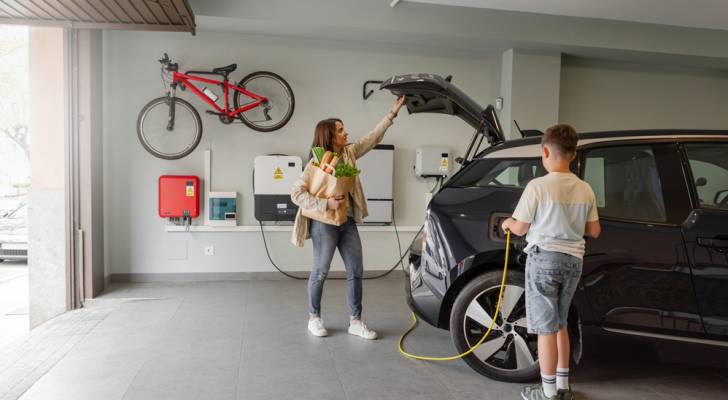
A new survey from Canadian insurance marketplace Surex shows that drivers choosing electric vehicles (EVs) are paying a steep premium when it comes to coverage.
The study, based on more than 12 months of Surex insurance quotes, found the average annual premium for a gas car to be $2,289.27 compared with $3,131.43 for an EV. That equates to a 36.8% difference, showing the hidden costs facing many buyers as EVs become more mainstream in Canada, where affordability has already been a barrier to adoption.
“Insurance is often an overlooked factor when weighing the pros and cons of which vehicle to get,” says the report. “Electric cars can cost more to insure than gas vehicles, mainly because repairs and battery replacements are pricey.”
Premiums add pressure as EV adoption grows
Insurance is only one piece of the puzzle, but the difference underscores how new technology, higher replacement values and limited repair networks are shaping the total cost of ownership. “EVs often come with higher repair and battery replacement costs, which insurers need to factor into premiums,” Surex noted in the report.
It also found significant variation across the country when it comes to insuring EVs. They are most expensive to insure in Alberta, averaging $3,343 annually, while New Brunswick drivers pay the lowest EV rates at $2,769. For gas-powered cars, Ontario tops the list at $2,464, while Nova Scotia comes in last at $1,609.
That insurance gap comes at a time when federal policy is pushing rapid adoption. According to Transport Canada, zero-emission vehicles (ZEV) accounted for 13.7% of new light-duty sales as of July 2024, up from 11.7% the year before. Ottawa has mandated that 100% of new light-duty vehicle sales be zero-emission by 2035, meaning costs beyond the purchase price — including insurance — are due to play an increasingly important role in adoption.
The Canada Energy Regulator also noted that ZEV sales slipped by 23% year over year in the first quarter of 2025, suggesting affordability pressures may already be weighing on demand.
Under the hood of EVs higher premiums
According to Surex, EV premiums reflect higher replacement and repair costs, particularly when it comes to batteries. Although many EVs come with extended battery warranties, if you do have to replace one, the cost can run so high that insurers sometimes write off the vehicle entirely rather than approve repairs.
Other factors driving higher costs include the relative lack of repair shops and technicians trained to work on EVs, as well as limited claims data compared to traditional vehicles. At the same time, Surex notes that those costs may be lessened somewhat by green-vehicle discounts. On top of that, EV cars tend to have lower theft rates, and come equipped with advanced safety technology that can help to reduce claims.
The consumer trade-off
While EVs cost more to insure, they offer savings elsewhere. Drivers avoid routine maintenance like oil changes, benefit from lower fuel costs and may qualify for government rebates. Gasoline vehicles, meanwhile, remain cheaper to insure on average and more convenient to fuel, but saddle drivers with higher long-term fuel and maintenance costs, the report from Surex noted.
Ultimately, experts say the decision comes down to considerations like your household budget, driving habits and access to EV charging. With EV adoption expected to rise over the next decade, insurance premiums are becoming an integral — and often underestimated — piece of the equation.
This article provides information only and should not be construed as advice. It is provided without warranty of any kind.